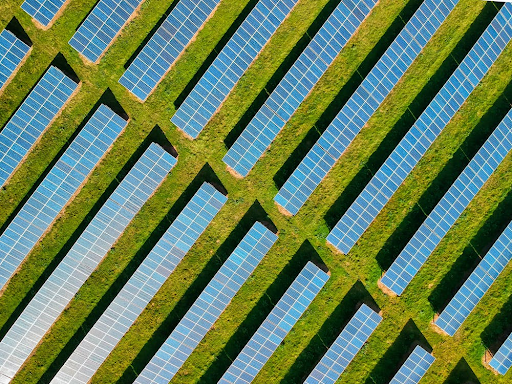In sustainability and innovation, technology and nature have always worked together harmoniously. But given climate change and limited natural resources, renewable energy sources are becoming even more crucial now. By using technology to harness nature’s force, we are getting near limitless energy. From solar to wind, renewable energy is redefining expectations for a future marked by greater sustainability.
The role of solar energy in sustainable living
Solar energy, one of the most accessible and efficient renewable energies, has transformed how we power homes, companies, and communities. Regional projects like those using solar panels Doncaster have shown how local efforts can boost renewable energy uptake. Solar panels reduce greenhouse gas emissions and energy costs by turning sunlight into electricity. Solar technology’s scalability suits it for modest residential projects and large industrial applications, meeting individual and societal energy needs.
Wind power: Nature’s endless resource
Solar power remains the renewable energy leader, but wind energy complements it. Wind turbines create electricity from wind kinetic energy, making them reliable in locations with strong wind currents. Wind energy is now more efficient, quieter, and environmentally friendly thanks to turbine technology. Wind farms and solar projects may balance energy systems, assuring power even when sunlight is lacking. This hybrid solution shows how technology can interact with nature as energy needs rise.
Energy storage: The key to infinite energy
Storage is a major renewable energy issue. Due to day-night cycles and wind patterns, solar and wind energy must be stored efficiently to maintain a power supply. Thanks to lithium-ion and solid-state batteries, energy storage systems are more efficient and capable. Researchers are also investigating hydrogen fuel cells and gravity-based storage to retain energy. These advances improve renewable energy reliability and enable infinite energy systems.
Smart technology and the future of energy management
Energy systems using smart technology have transformed power management and distribution. Smart grids with AI and IoT maximise energy efficiency and reduce waste by dynamically adjusting supply to demand. AI-driven analytics estimate energy usage, helping providers allocate resources. Smart metres and home energy management systems give end-users real-time electricity usage data to help them make energy consumption decisions. These inventions boost renewable energy system efficiency and promote customer sustainability.
Challenges and the path ahead
Renewable energy has great potential but faces several obstacles. Installing solar panels, wind turbines, and advanced storage systems can be expensive for many families and companies. The environmental impact of manufacturing renewable energy technology, such as rare earth battery extraction, must also be considered. To address these issues, policymakers and industry leaders must provide subsidies, promote research, and create waste-reducing circular economy strategies.
The future of infinite energy is teamwork. Governments, businesses, and communities must collaborate to build an innovative, sustainable ecology. Promoting renewable energy and cleaner lives requires education and awareness efforts.
Conclusion
The quest for unlimited energy shows human inventiveness and nature’s resilience. By connecting technology and nature, we can solve the energy dilemma and create a sustainable, environmentally friendly future. From Doncaster solar panels to global smart networks, each innovation takes us closer to a renewable-energy-only society. With ongoing investment, research, and collaboration, unlimited energy may become a reality, providing a sustainable legacy for future generations.






